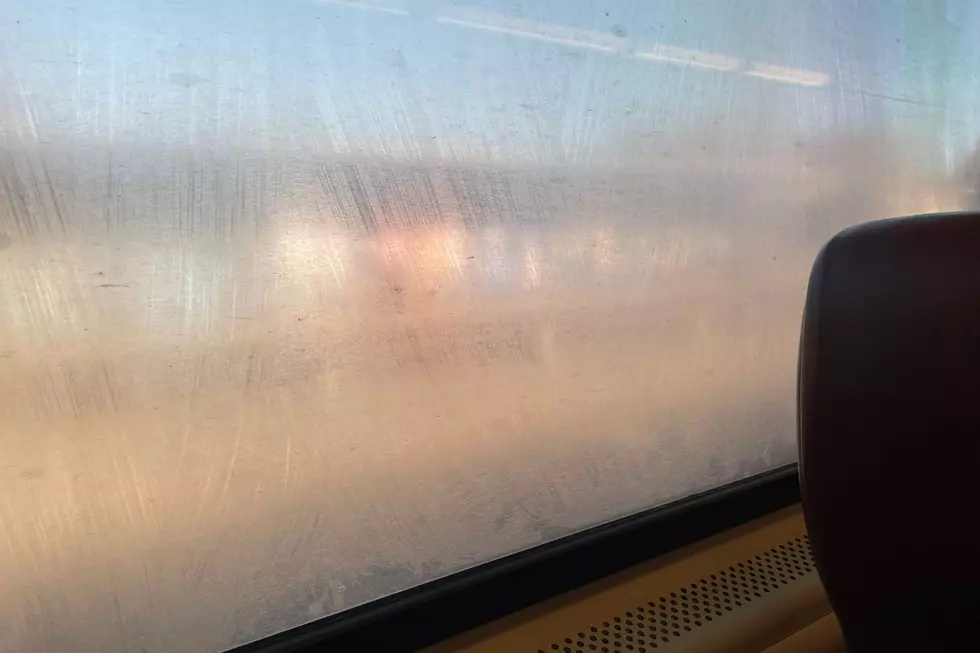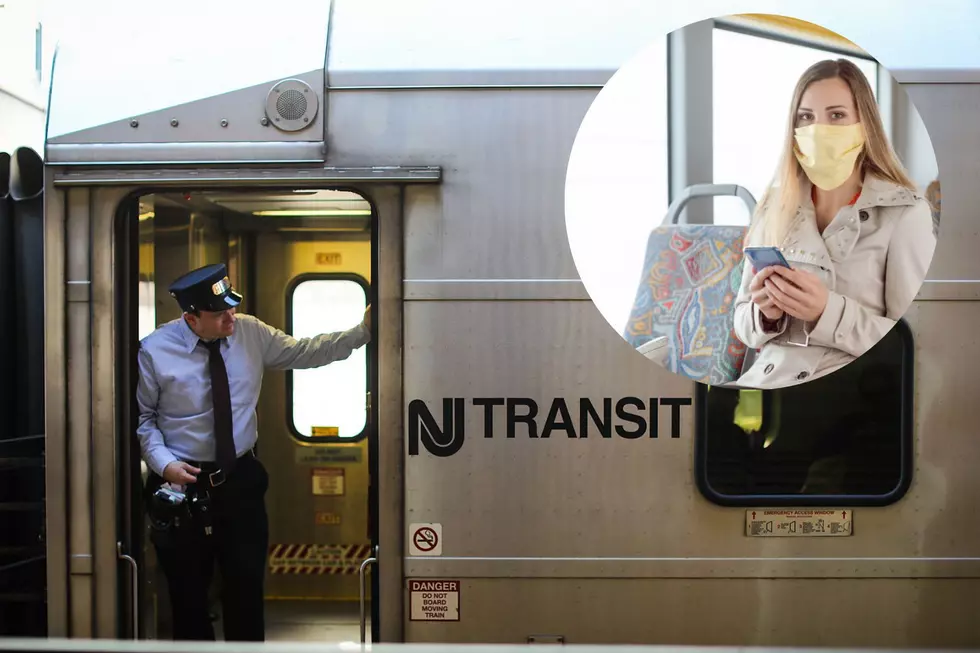
Why NJ Transit will spend millions just to replace dirty windows on trains
You will soon be able to look out the window on over 400 NJ Transit passenger cars.
One of the biggest complaints about NJ Transit is dirty windows, a fact that spokesman Jim Smith said the agency can't completely solve, not even with old-fashioned elbow grease and soap.
Smith said the issue is not one of window cleanliness, but rather the characteristic of the window material that causes it to become cloudy over time. Exposure to elements such as acid rain, heat, UV rays cause the cloudiness and "dirty" look over the course of time.
Sally Jane Gellert, chairwoman of the Lackawanna Coalition, brought up the subject of windows at the NJ Transit Board of Directors meeting and said clean windows are a must for those who need to be able to locate a station when audio announcements fail.
"When one of these systems fails, riders need visual cues, such as local building and platform signs. For that, one needs truly transparent windows. Too often, especially on multi-level cars, but also on single-levels, windows are translucent at best," Gellert said.
Jim Sincaglia, senior vice president and general manager of rail operations at NJ Transit, told NorthJersey.com that he was aware of her comments and the agency is working on a program to replace the windows.
"As we are aware of how important this is to the quality of our customers’ rail commute, we are working expeditiously to establish the most efficient replacement program and schedule, so work can begin as soon as possible. Initial cost is approximately $8 million plus labor," Smith said.
Dan Alexander is a reporter for New Jersey 101.5. You can reach him at dan.alexander@townsquaremedia.com
Click here to contact an editor about feedback or a correction for this story.
10 years later — Sandy makes landfall in New Jersey
New Jersey's Most Terrifying Serial Killers
These NJ towns have the highest rates of sexually transmitted diseases
More From New Jersey 101.5 FM









